Surprising Uses for Tea Bags

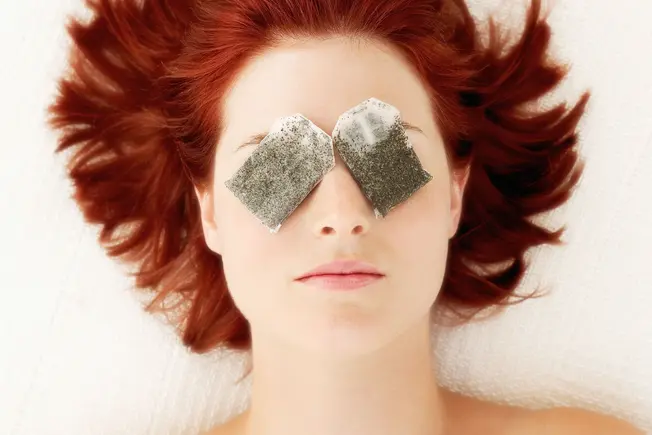
De-Puff Your Eyes
If a bad night’s sleep shows on your face in the form of puffy eyes, a couple of caffeinated tea bags may help. Soak them in warm water just as if you were going to make a cup of tea, then put them in the refrigerator for a few minutes to chill them. One bag over each eye for 5 minutes can ease puffiness and make the blood vessels near your eyes smaller.
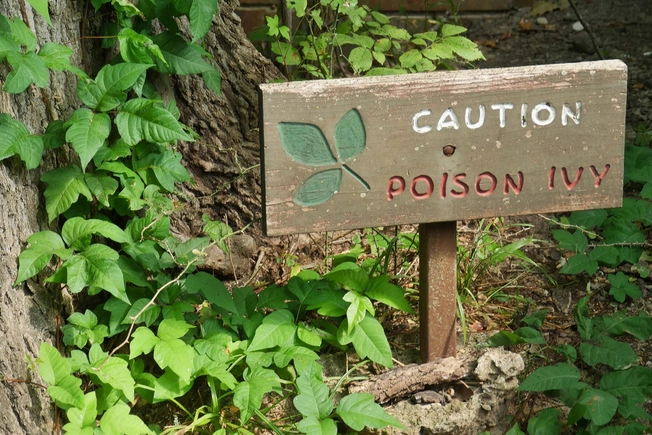
Help With Skin Conditions
If you’ve stumbled upon some type of poison vine and are dealing with an itchy, painful rash, a bath steeped in black tea may help ease inflammation and soothe your skin. And research shows that wet dressings made with black tea can work well in treating other skin conditions that can cause an itchy rash, like facial dermatitis.
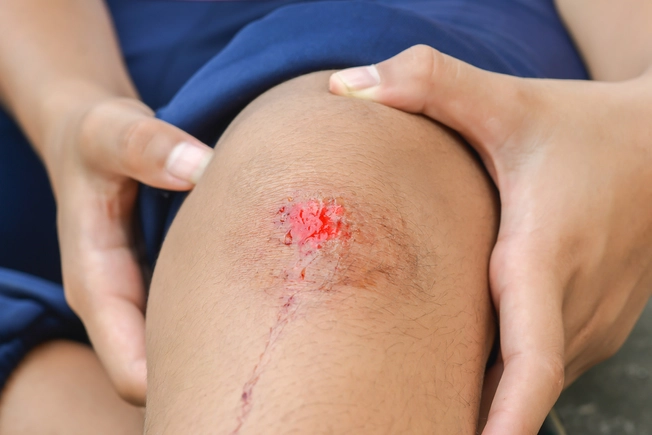
Treat Minor Injuries
Black tea dressings can also help ease pain and help ease swelling caused by small scrapes or bruises. Open the tea bag, steam the tea and let it cool, then press it onto the injured area for a few minutes.
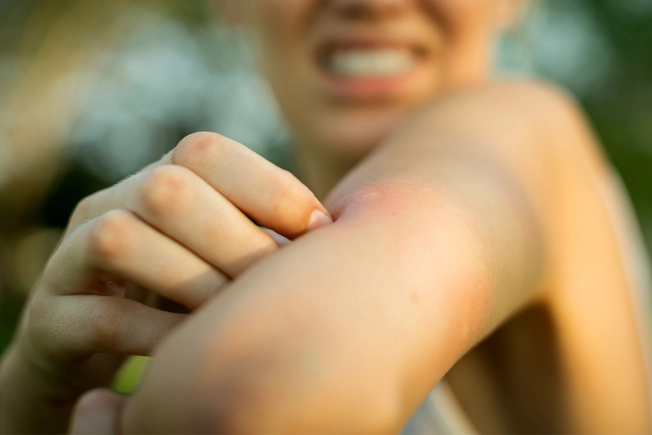
Take the Sting Out of Bug Bites
A tea bag can work on the pain and itchiness that come after a bug bites you. Just wet the bag, wring it out, and leave it on the affected area for 15 to 20 minutes.

Ease Tooth Pain
If you have a toothache, a warm peppermint tea bag may offer some comfort if you hold it against your tooth and gum. And the acid in the tea can help with blood clotting. So biting on a tea bag may help control bleeding after you have a tooth pulled.

Ease Soreness From Breastfeeding
Tea bags can serve as a compress to help nursing mothers ease sore nipples. Research shows that wetting a tea bag with warm water, squeezing out the excess, then applying it to the area for 15 minutes, four times a day, may boost blood flow and help you heal quicker.
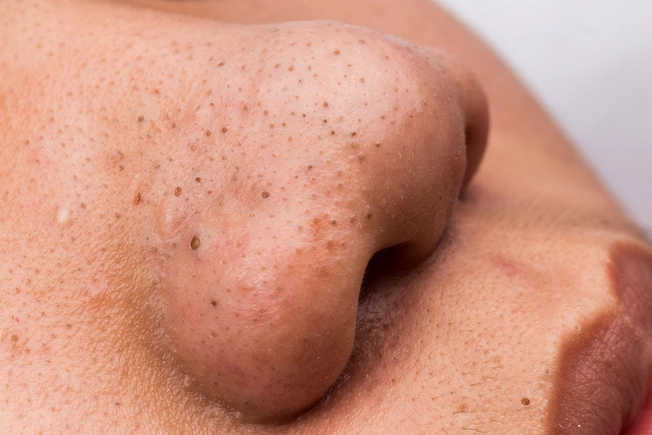
Unclog Your Pores
A scrub made from green tea leaves can deep-clean oily skin and help get rid of blackheads. Tear open a tea bag and mix 1 teaspoon of leaves with a little water until you have a paste. Gently scrub the paste over the area for 2 to 3 minutes, then rinse with lukewarm water. Then dry your face and use moisturizer.
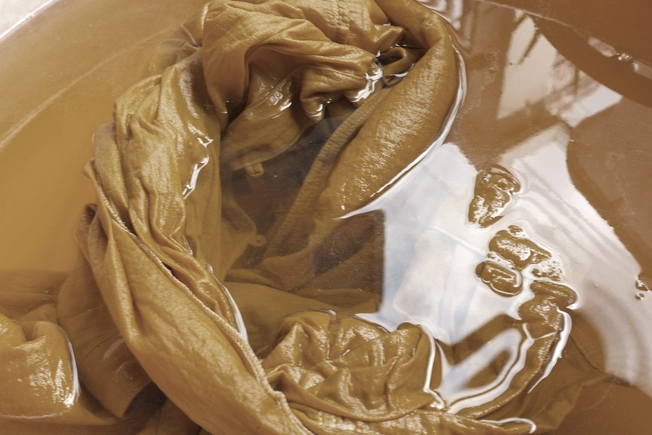
Dye Fabrics
For centuries, plants have been used to bring color to clothes and textiles, and tea leaves are no exception. Tea bags can be used as a natural dye to create new looks and designs, particularly for materials made of cotton. Take the tea out of the bag and heat it with just enough water to cover it. After about an hour, when the leaves look faded, strain out the leaves. What's left over is the dye.
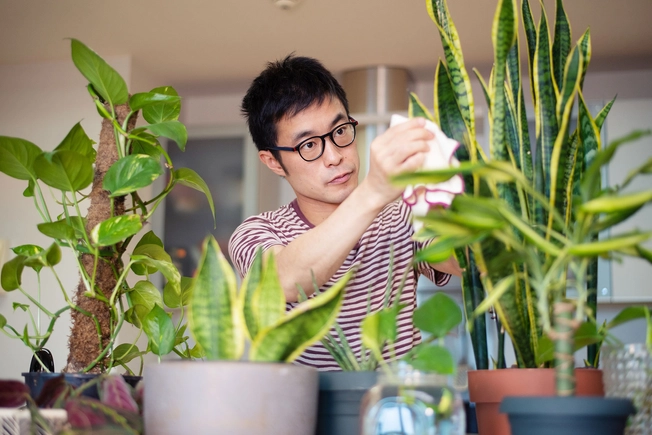
Perk Up Plants
Plants need nitrogen for healthy growth -- it’s a basic building block of their DNA. And tea leaves have lots of it. Studies show that used tea leaves mixed in with soil can help shoots and roots grow faster and boost chemical production in plants.
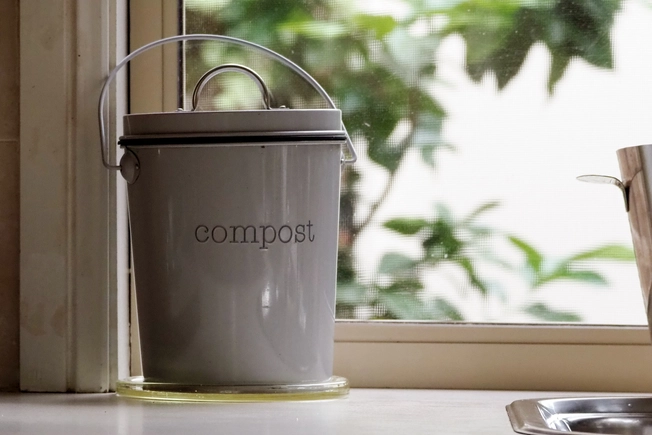
Toss Into Compost
Because they’re good for plant growth, tea leaves make great contributions to the compost pile. And throwing in your bags can help prevent unnecessary waste. But many tea bags have a small amount of a plastic called polypropylene. That can’t be broken down. So look for ones that don’t have plastic in them.
